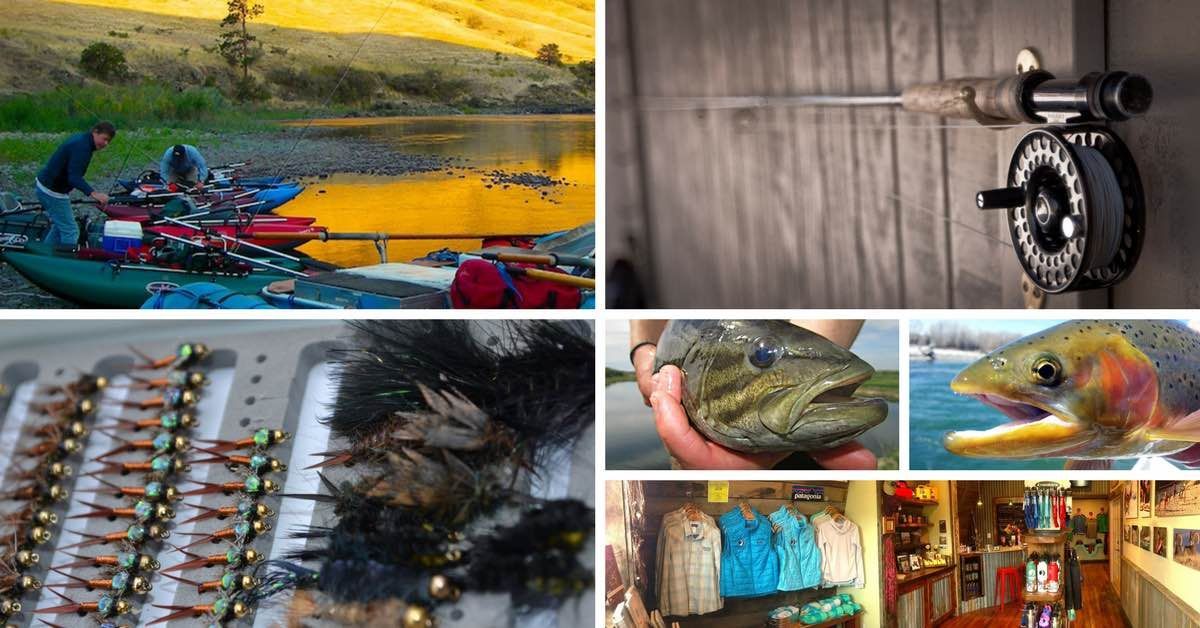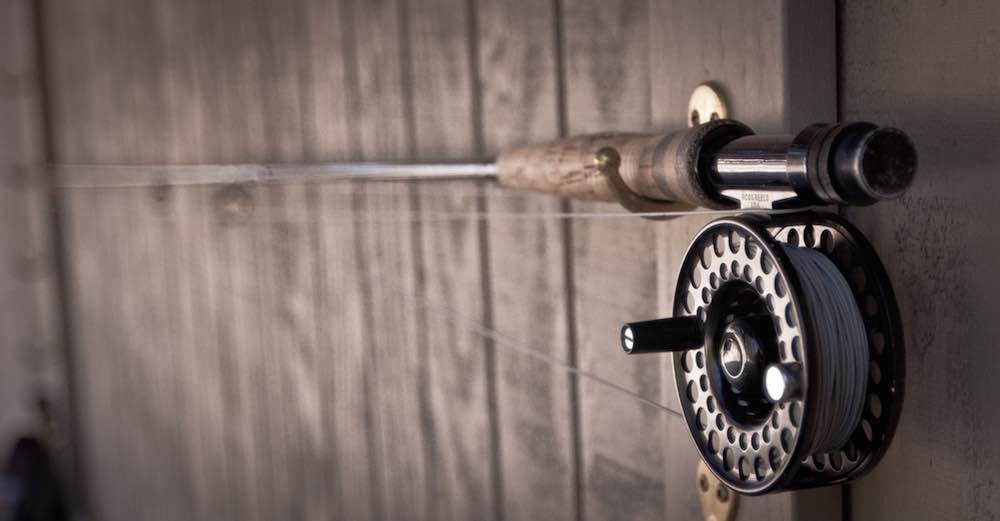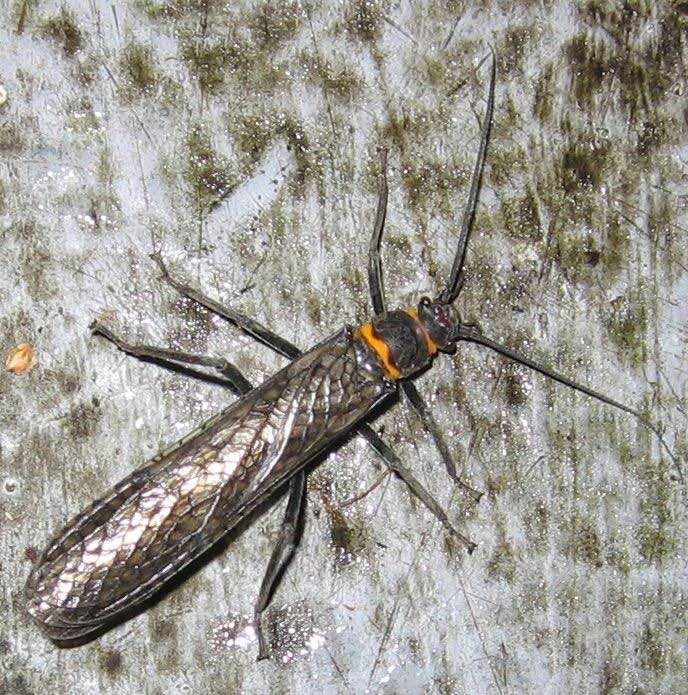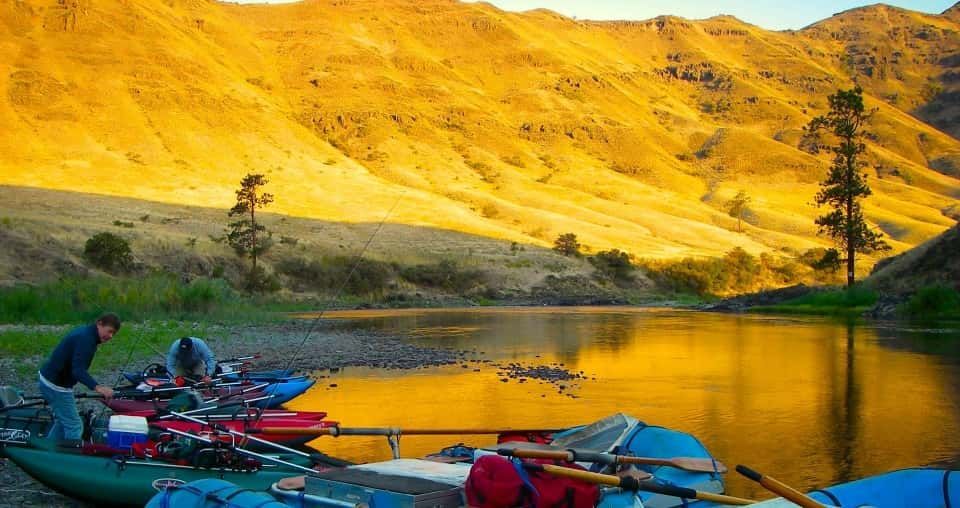How to Plan & Pack For a Multi-Day Fly Fishing Trip
Fly fishermen are real gear heads. Doesn’t it always seem like there’s some new piece of equipment we
need to have? Here at Winding Waters River Expeditions, our fly fishing guides have decades of experience leading anglers on
multi-day fly fishing trips for Steelhead, Rainbow Trout, and Smallmouth Bass.
Today, we’re going to talk about the fishing trip essentials, including gear,
fly-fishing techniques, and a full fishing checklist to help you get ready for the trip of a lifetime. Whether you're looking to go solo or book one of our Whitewater Raftings packages, this guide has you covered.
Deciding What (And How Much) To Bring
Remember, when you’re out on the Grande Ronde or Wallowa River for a multi-day fly fishing trip, there aren’t any fly shops out there!
If you need it, you have to bring it with you. Our guided fly fishing trips include all needed tackle and gear, but if you’re planning a trip on your own, it’s up to you to figure out what to take on a fishing trip and ensure your fishing checklist trip is complete.
When anglers pack for a multi-day fly fishing trip, we see 2 common mistakes: packing too little or packing too much. Both can lead to situations that are frustrating in their own way.
Common Packing Mistakes on Fishing Trips
Don’t Pack Enough?
When you don’t pack enough for a multi-day fly fishing trip, you run the risk of being left high and dry, so to speak. The worst-case scenarios are breaking your only rod, damaging your only fly line, breaking off all your flies, forgetting extra tippet, dropping your pliers in the river or not packing a spare spool.
hat’s why having a solid fishing trip checklist and a reliable fishing gear checklist will help you stay prepared. You don’t want to forget essentials like extra leaders, backup rods, or a gear float.
When you don’t pack enough and don’t plan for emergencies, you’re setting yourself up for a bad fly fishing trip.
Pack Too Much?
It can be equally frustrating to pack way more than you actually need. You probably won’t need 4 or 5 rods on your trip and a few boxes of flies is probably enough (assuming they’re the right ones). You’ll get frustrated rummaging through all your gear trying to find what you need at any given moment. And you risk breaking or losing a favorite piece of gear in a drift boat that’s overcrowded with tackle and gear. Stick with the basics on your fishing trip packing list, and focus on essentials for a fishing trip that align with your fishing goals. Our Whitewater Raftings packages already include a lot of
fishing gear you’ll need—so ask before you overpack!
What’s the Right Amount of Tackle & Gear?
There’s no “perfect” amount of gear to pack for a multi-day fly fishing trip.
But our guides do have some advice on how to avoid packing too much more too little. If you’re planning a trip during the summer to target Rainbow Trout or Smallmouth Bass, keep reading to learn our recommendations.
Essential Fly Fishing Gear Checklist
Fly Rods & Reels
We recommend bringing 2 rods. That way you can have rigs set up for nymphing and dry fly fishing, depending on what the fish are eating. In general, you can get by with a 5-weight, but a 6-weight can be useful if the wind picks up.
Speaking of windy days, if you do bring a third, emergency backup rod think about an inexpensive fly and spinning backpacking combo kit. That way if things are really windy, you can break out the spinner and still have a really fun day catching Smallmouth Bass and Rainbow Trout.
As for reels, we don’t get many fish that’ll take you into the backing, so a simple click and pawl reel is good enough. Just bring a spare spool or two with an extra weight-forward floating line or sink tip or intermediate line. Speaking of floating lines, a double taper (DT) can be very versatile because if the tip gets damaged, you can just flip it around and fish the other end!
Each night, you’ll want to clean your floating fly lines to get them ready for the next day on the water. Try using Armor All Wipes. Just run your line through one and you’ll be ready to go!
Repair Supplies
Pack the tools you need to disassemble your reel and a little tupperware container to drop parts into so they’re not rolling around the boat. We also really like emergency rod tip repair kits that include a tip guide and quick drying super glue. They can really save the day if you snap the tip off of your favorite fly rod!
Leaders & Tippet
Tapered leaders offer a more delicate presentation, but they can get expensive. If you tie your own tapered leaders, make them at home before you leave on your multi-day fly fishing trip. I mean, does anyone LOVE tying blood knots when they could be fishing instead?
For Smallmouth Bass and Rainbow Trout during the summer, you can err on the side of heavier tippet. A 9 foot-4x leader is the most commonly used leader for our local rivers. You usually won’t need anything smaller than 4x and will usually benefit from the extra strength and power of heavier tippets. Smallmouth Bass are not line shy and chew through light line, so go with 3x and stronger. Don’t be afraid to use as much as 1x leader for bass, as the stiffer line will help turn the bulkier popper over and keeps it strength after several fish.
You can also get more mileage out off your leaders by using a loop-to-loop connection to add on more tippet as needed. This also lets you experiment with different lengths of tippet if the fish seem skittish.
If you’re prone to getting wind knots in your leaders, make sure to bring plenty of extra leaders! Even after they’re untangled, wind knots create weak spots that could break and cost you the fish of a lifetime. In our experience, most wind knots can be avoided by slowing down your casting motion and throwing more open loops.
Remember to practice tying your knots before your trip, in order to maximize your actual fishing time. An angler can get through most days with a simple improved clinch knot and a triple surgeon’s knot (for attaching tippet to leader).
Flies
Here’s the thing about choosing flies for Rainbow Trout and Smallmouth Bass during the summer: it’s the fishermen who care more about the pattern than the fish!
Choosing the Right Flies for Every Situation
Match the Silhouette, Not the Hatch
Our guides don’t rely too heavily on specific patterns. Instead they match the silhouette of the
what the fish are eating. Think bulky floating patterns that mimic terrestrials and stoneflies, and generic “nymph” shapes like a pheasant tail nymph or rubber legs on a stonefly nymph.
Streamers don’t need to be complicated either, just get a fishy shape and get it moving. Smallmouth Bass will love it!
By focusing on the rough shape and size of your flies, you can pack fewer patterns and save money, too!
Cover the Entire Insect Life Cycle
Again, you don’t need to get super specific, but instead just focus on carrying flies that cover the entire insect life cycle. This includes:
- Nymphs
- Pupae
- Emergers
- Adults (including spent flies)
It can be really frustrating to find fish keying in on emerging adults when all you have is a bunch of high-floating dries!
Be Ready to Fish the Whole Water Column
Fish can be picky!
Sometimes warm summer weather will keep them hugging the bottom and other times you’ll find them smack dab in the middle of the water column. When you’re choosing flies to pack for a multi-day fly fishing trip, make sure you’re ready to fish at a variety of depths.
If you tie your own flies, use a few different sizes of bead heads to help flies get down deep. You can also adjust your depth on the water by adding tungsten shot on your leader (it’s not toxic like lead shot).
Vary Size Not Pattern
It’s better to have 1 pattern in 6 different sizes than it is to have 6 patterns in the same size.
Here in Eastern Oregon, we don’t use many tiny flies (leave those size 22’s at home!). During the summertime Stonefly and Salmonfly Hatch , we’ll go up to as big as a size 6 (or even bigger!)– part of why we recommend heavier tippets.
Keep It Simple!
- Where are the fish, high, low or somewhere in between?
- What are they eating, nymphs, adult insects, or minnows?
- How big are their meals?
If you focus on choosing simple patterns that cover the answers to those questions, you can spend more time fishing and less time swapping out flies.
Our Favorite Patterns For Summer Fly Fishing Trips
Here are a few of the flies preferred by our experienced fly fishing guide Paul Pagano :
For Rainbow Trout:
- Bead-head Prince Nymph
- Gold-ribbed Hare’s Ear
- Pheasant Tail
- Black Wooly Bugger
- Orange or Yellow Stimulator
- Orange Sofa Pillow
For Smallmouth Bass:
- Poppers with some green in the body
- Dark colored, weighted streamers
Other Equipment For a Summer Rainbow Trout & Smallmouth Bass Trip
As for the other equipment you need, here’s a checklist to help you remember what you might want to pack for a multi-day fly fishing trip:
Tools
- Pliers – These have about a million uses, including pinching down the barbs on your hooks.
- Nippers – Don’t forget to use an elastic cord to connect them to your vest.
- Hemostat – Bright shiny hemostats can reflect bright sun and scare fish. Spray them a matte black before your trip.
Eyewear
- Sunglasses – Protect your eyes and see fish more clearly with a pair of high-quality polarized glasses.
- Reading glasses – Good for threading tippet on small flies and for actually reading around the fire at night!
- Spare prescription glasses – Nothing’s worse than not being able to see the beautiful fish you catch!
Clothes & Accessories
- Fingerless gloves – Protect your hands from sunburn and leave your fingers free
- Buff – Keep sun, wind, and rain off of your face
- Layers – Warm base layers and a rain shell are a must!
- Sunscreen – Protect your skin!
Other Gear
- Quick release net and soft measuring tape – Quickly land and release fish without stressing them!
- Fishing License – Guided trips (including those at Winding Waters River Expeditions don’t include a fly fishing license. Get yours online !
Want An Unforgettable Multi-Day Fly Fishing Trip?
Preparing, planning, and packing for a multi-day fly fishing trip can be quite a production. So why not make things easy on yourself and fish with our experienced guides. We work with anglers of all experience levels and will help you have an unforgettable time.
Our multi-day guided fly fishing trips include:
- High-quality camping equipment and comfy sleeping pads
- Experienced guides
- Gourmet meals from fresh local ingredients
- All your tackle and gear
Discover why adventurers love Winding Waters! Check out our
Google Business Profile Reviews to hear what guests say about their unforgettable white water rafting trips.
Photo Credits: Eric Lanning , Lorana Price , Bureau of Land Management , USFWS Mountain-Prairie , Marcin Chady











